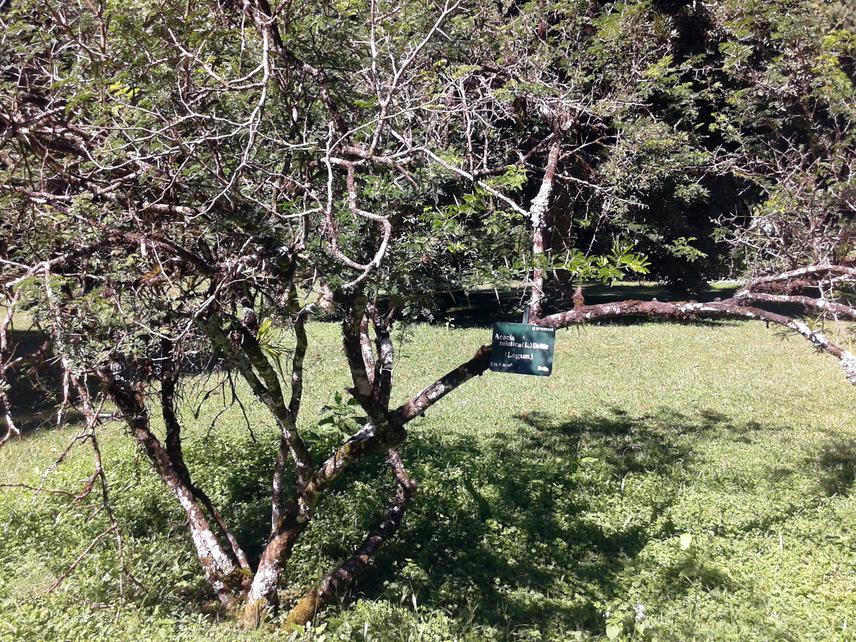Sutomo Sutomo
Other projects
20 Sep 2011
Establishments of Plant Species Diversity Following 2010 Catastrophic Eruption of Mt Merapi, Java Indonesia: Implication for Conservation and Restoration
26 Mar 2013
Fragmentation, Plant Invasion and Native Species Conservation in Tropical Forest Landscape of Mt. Merapi
The aim of the project is to contribute in preventing extinction of tropical savanna ecosystem
in the largest cover of savanna in Java Island by extensive fieldwork and environmental
campaign.

Acacia nilotica.
Savannas are ecosystems mostly confined to tropical and subtropical regions that are characterized by a continuous cover of grasses and where woody plants are also an important feature but with sparse cover.
Tropical savannas cover over 20% of the Earth’s surface, with the largest coverage in Africa, Australia and South America. However, although there are extensive savanna covers in some part of Java, not many information are available on tropical savanna in Indonesia.The importance of savanna ecosystem in maintaining people livelihood especially in the eastern parts of the Indonesia archipelago has never been put into consideration by the government’s foresty regulation. This is worsen by the fact that some savannas areas in Indonesia are facing extinction due to domination of invasive alien tree such as Acacia nilotica which are taking over the grass layer. Conservation of biodiversity and natural resources in savanna ecosystem in Indonesia will also benefit by understanding the role of grazing animals and invasive alien species. Acacia nilotica, (an invasive alien species) and buffalos are key elements that might play important roles in the existence of Baluran savanna in East Java.
This project aimed to contribute in preventing extinction of tropical savanna ecosystem (further extrusion of grasses by woody alien invasive species the A. nilotica) in the largest cover of savanna in Java Island, the Baluran savanna by mean of extensive fieldwork and environmental campaign.Following extensive fieldwork, it is hoped that we could understand seed ecology of Acacia nilotica. A seed museum will be established in herbarium which will be used to store and display of various seeds from Acacias and especially Acacia nilotica. A number of stands up poster will be printed and displayed in the herbarium where the seed museum located.
This new facility will be then promoted to the public as a part of environmental campaign to raise public awareness. The poster and other visualization media will incorporate the message of the importance of savanna ecosystem in maintaining livelihood of local people as well as introducing to the public of the invasive alien species Acacia nilotica which is invading the Baluran savanna. In addition, a book on Acacia nilotica in Baluran Savanna will be produced to make wider and long lasting impact.